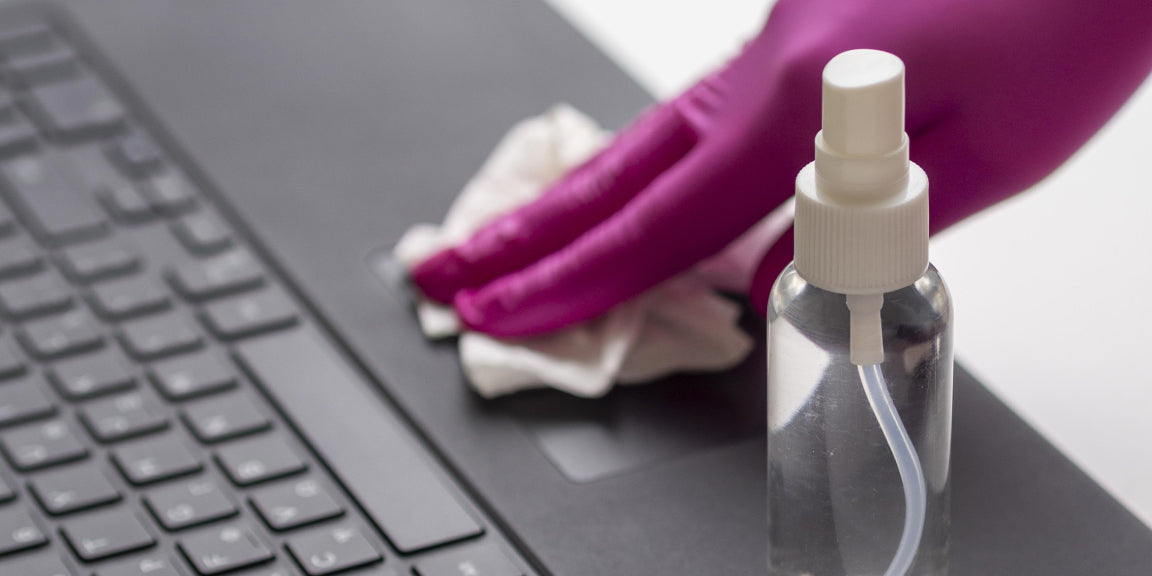Regularly cleaning your computer is essential for maintaining its performance, extending its lifespan, and ensuring that it runs smoothly. Dust, dirt, and grime can accumulate over time, causing overheating, hardware issues, and overall slow performance. Here’s a guide on how to properly clean your computer, both internally and externally.
External Cleaning
-
Turn Off and Unplug: Always turn off your computer and unplug it from the power source before you start cleaning. This ensures safety and prevents any potential damage.
-
Use a Microfiber Cloth: Use a soft, lint-free microfiber cloth to wipe down the exterior of your computer, including the screen, keyboard, and casing. Avoid using paper towels or tissues, as they can scratch surfaces.
-
Cleaning the Screen: Lightly dampen a microfiber cloth with water or a screen cleaner specifically designed for electronics. Gently wipe the screen in circular motions to remove fingerprints and smudges. Avoid spraying liquids directly onto the screen.
-
Clean the Keyboard: Use compressed air to blow out dust and debris from between the keys. For more thorough cleaning, you can use a soft brush or a cotton swab lightly dampened with isopropyl alcohol to clean around and between the keys.
-
Mouse Cleaning: If you use an external mouse, clean it with a microfiber cloth. For an optical mouse, ensure the sensor area is free of dust. For a mechanical mouse, open it up and clean the ball and rollers with isopropyl alcohol.
Internal Cleaning
-
Open the Case: If you’re comfortable doing so, open the case of your desktop computer to access the internal components. Laptops can also be cleaned internally, but it might require professional help if you’re not familiar with the process.
-
Use Compressed Air: Use compressed air to blow out dust from inside the case. Pay special attention to the fans, heat sinks, and other components where dust tends to accumulate. Hold the can of compressed air upright and use short bursts to avoid moisture buildup.
-
Clean the Fans: Dust can accumulate on the fans, causing them to work less efficiently. Use compressed air to clean the fan blades. If the fans are particularly dirty, you can use a soft brush to gently remove the dust.
-
Check the Vents: Ensure that the vents and airflow areas are clear of dust and debris. Blocked vents can cause overheating and reduce the performance of your computer.
-
Inspect the Components: While the case is open, inspect the internal components for any signs of dust buildup, corrosion, or damage. Clean as necessary and ensure that all components are securely connected.
Preventive Measures
-
Keep Your Workspace Clean: Maintain a clean environment around your computer. Dust and debris from your workspace can easily find their way into your computer.
-
Use Dust Covers: When your computer is not in use, cover it with a dust cover to prevent dust accumulation.
-
Regular Maintenance: Schedule regular cleanings every few months to keep your computer in optimal condition. Frequent cleanings can help prevent major dust buildup and potential hardware issues.
-
Monitor Temperature: Use software tools to monitor your computer’s temperature. Overheating can be a sign that your computer needs cleaning.
By following these steps, you can ensure that your computer remains clean and functions efficiently. Regular cleaning not only improves performance but also extends the life of your hardware, making your computer a reliable tool for years to come.

